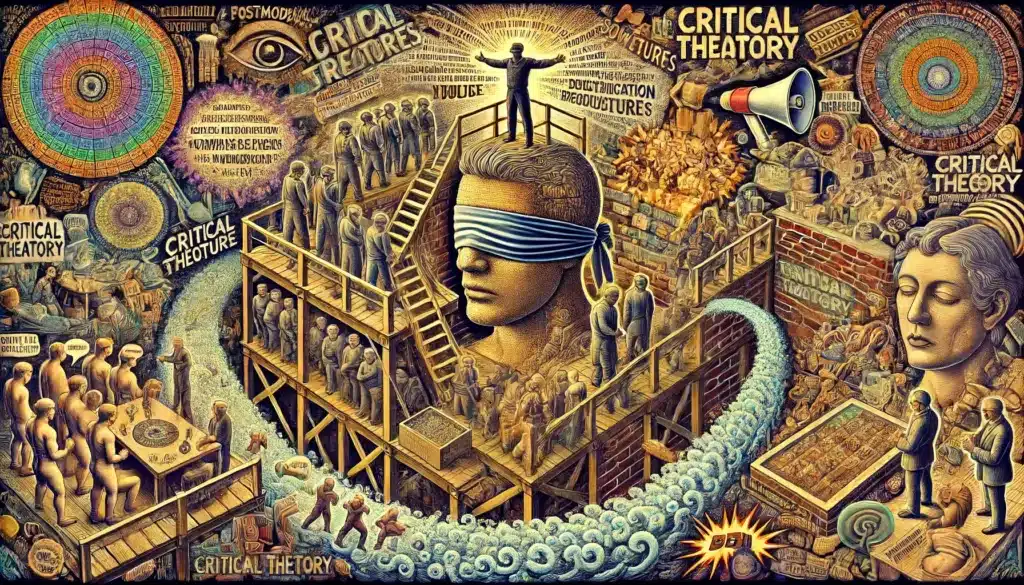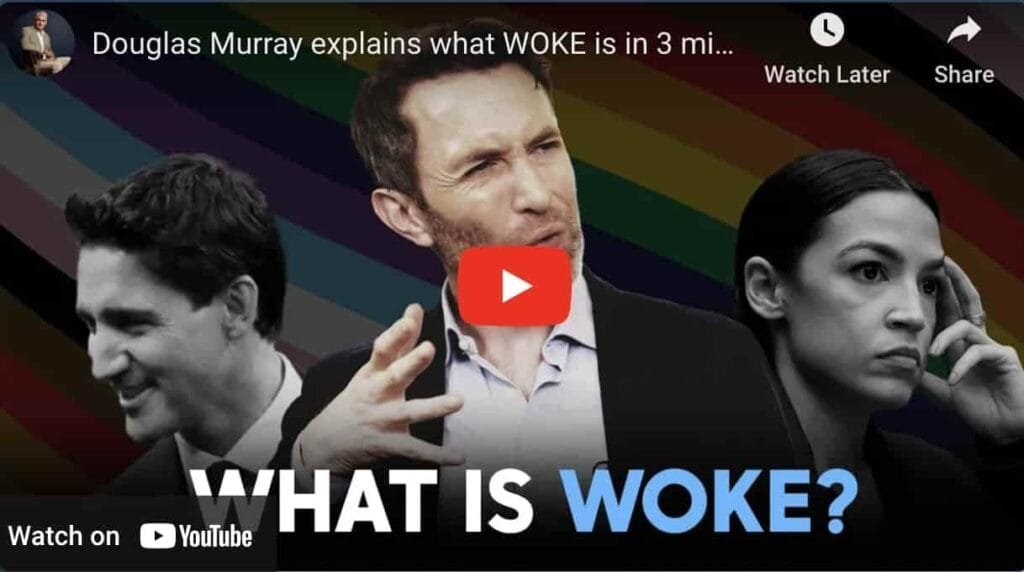Time to Throw Out the Books: Why Economists Are Clinging to Outdated Theories
We overcomplicate things. A plumber doesn’t need to be a philosopher. They don’t need a degree in hydrodynamics to understand why we need water. They just need to make sure the taps work and the pipes don’t leak.
Economists, on the other hand? They’d probably write a 300-page paper justifying why you should take cold showers.
Let’s not pretend otherwise: economists don’t just analyse the world. More often than not, they’re in the business of justifying it — especially when it comes to political power. Their models, their forecasts, their jargon: these are tools not of revelation, but of rationalisation. They lend intellectual cover to decisions already made in backrooms, parliaments, and corporate boardrooms.
And here’s the real problem: when the world changes — when the political and economic landscape shifts dramatically — they cling to their theories like priests guarding a dying religion.
Trump was a case in point. Whatever one thinks of him (and there’s plenty to criticise), his actions revealed just how outdated the economists’ gospel had become. He cut taxes, ignored deficit warnings, took a hammer to trade orthodoxy — and the sky didn’t fall. Economists hated him for it. Not because he was wrong per se, but because he exposed how fragile their “truths” really were.
It’s time we look at the field for what it has become: a self-protecting intellectual class whose primary job is no longer to explain the economy, but to protect their theories from it.
Let’s break this down with some actual examples.

Quantitative Easing: Trickle Down for the Ivy League Crowd
Quantitative Easing (QE) was sold as the emergency lever to restart economies. Central banks would “inject liquidity” by buying up assets. The idea was that this would lead to more lending, more investment, more growth. Economists lined up to say it was technical, temporary, and totally under control.
What actually happened?
The rich got richer. Stock markets surged. Real estate prices boomed. But wages? Productivity? Business investment? Not much to see there.
Let’s be honest: QE was a massive transfer of wealth to asset owners — and the economics profession barely blinked. They didn’t revise their theories to account for this. They didn’t step back and say, “Hmm, maybe this tool has political implications?” No. They doubled down.
If this were plumbing, QE would be the equivalent of flooding your upstairs bathroom to water the garden — and then congratulating yourself because the roses look slightly less dead. outdated economic theories
Inflation Targeting: Faith-Based Policy Dressed as Science
Economists are obsessed with inflation — specifically, keeping it at precisely 2%. Not 1.9%. Not 2.1%. That’s the sacred number. Why? Well, because… that’s what they agreed in the ’90s.
For years after the 2008 crash, central banks clung to that number like it was carved on stone tablets. Never mind that inflation stayed below target for over a decade. Never mind that millions were underemployed, wages were stagnant, and entire countries (hello, Greece) were being economically strangled. The models said 2%, and so 2% it was.
Then inflation came roaring back after COVID — but not because of too much spending or too much money printing. It was supply chains, energy shocks, and war. The models didn’t predict it. The models couldn’t explain it. But instead of rethinking the models, economists reached for the only thing they knew: raise rates, crush demand, protect the theory.
If your only tool is a hammer, every problem looks like a nail. And if your only model is 2% inflation, you’ll spend your life breaking things to make the numbers fit.
Deficit Panic: The Great Intellectual Grift
For decades, economists warned that government deficits would doom us all. Too much borrowing would lead to inflation, skyrocketing interest rates, even national bankruptcy. Austerity, we were told, was the adult choice. Belts had to be tightened.
Except… that didn’t happen. The US ran huge deficits. So did the UK. So did Japan. Interest rates didn’t spike. Inflation didn’t budge. Economies didn’t collapse. In fact, it was the austerity countries — the ones who followed the economists’ advice to the letter — that suffered the most.
Here’s the twist: none of the major economists ever really admitted they were wrong. They didn’t update their models. They didn’t apologise to the millions left jobless or the public services gutted. They just moved the goalposts, changed the language, and kept publishing.
At some point, you have to ask: is this a discipline, or a faith?

Why They’re Resisting Change
The truth is, the economic theories that dominate today were built for a different era. An era of globalisation, cheap capital, and abundant energy. That world is gone.
But if you’re a tenured economist, these theories are more than just tools — they’re your identity. Your lectures, your research, your credibility — all of it rests on the assumption that the models basically work. Admitting they’re broken doesn’t just hurt your ego. It threatens your entire intellectual economy.
So when someone like Trump comes along and ignores the deficit warnings, tears up trade rules, and still sees GDP grow — it’s not just a political insult. It’s an existential one.
Economists aren’t resisting Trump’s policies because they’re immoral (many are). They’re resisting because those policies expose the weakness of their thinking.
And they know the next generation will have to throw out their books and start again.
What Comes Next? outdated economic theories
Economics needs a reset — not a reform. The models need to be built around realities, not ideals. Around power, not just prices. Around people, not just equilibrium. And that starts by recognising that most of what passes for economic truth is, in fact, a political position.
The sooner we stop treating economists like oracles and start treating them like plumbers — the kind who fix leaks instead of writing essays about them — the better off we’ll all be.
Until then, we’re stuck with broken pipes and expensive theories.


